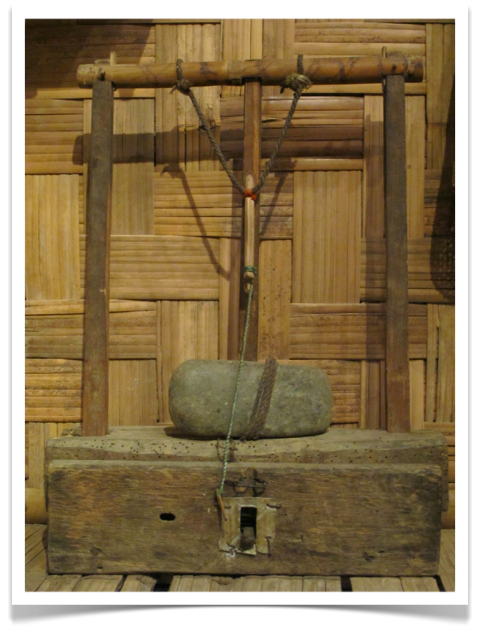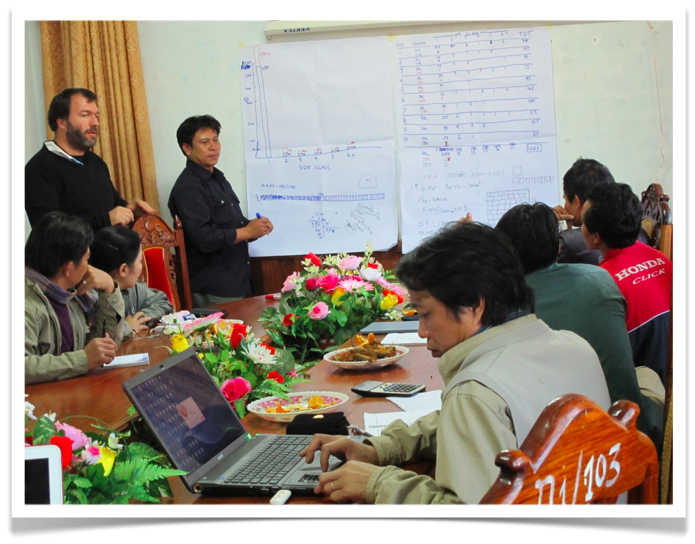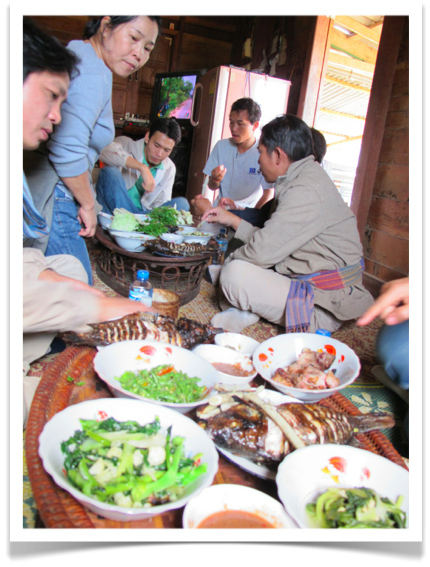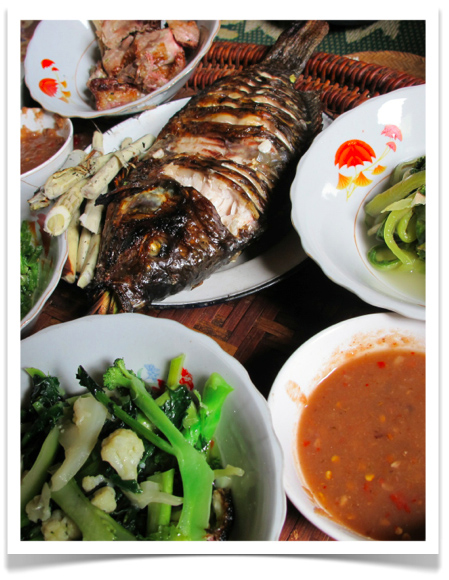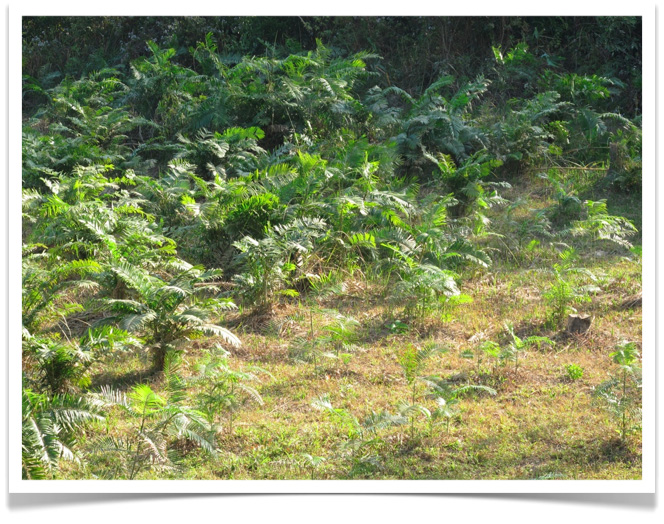The Dragon at Haw Phra Kaew
 Tuesday, July 17, 2012 at 9:55AM
Tuesday, July 17, 2012 at 9:55AM 
The stairs leading up to Haw Phra Kaew temple in Vientiane are flanked by lovely carved dragons. It's a long story, but the temple was originally built in 1565 by King Setthathirath and then destroyed during the Siamese-Lao war of 1828. The French re-built it (sort of) between 1936 and 1942. [NOTE: The French were supposedly following the orginal 16th-century plan of Haw Phra Kaew, but the resultant structure looks more like a 19th-century Bangkok sĭm, or sanctuary. Still breathtakingly beautiful].


